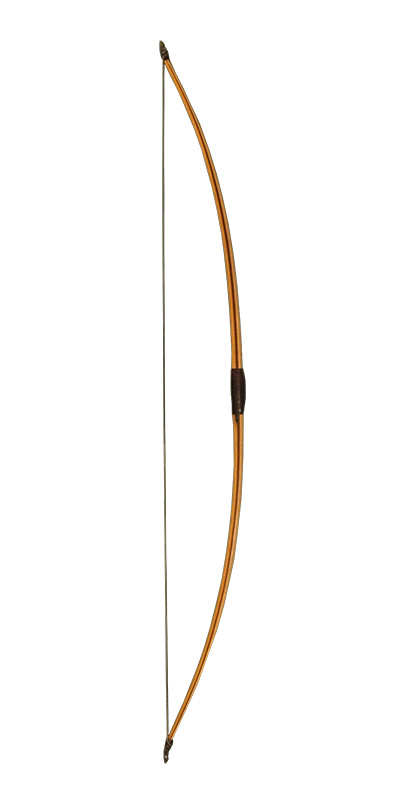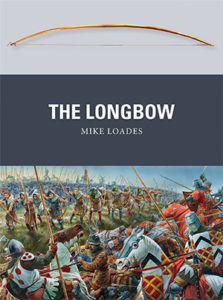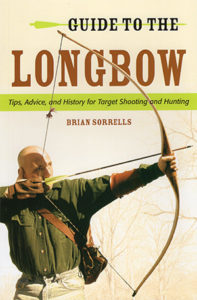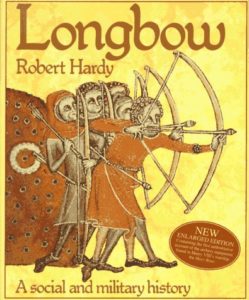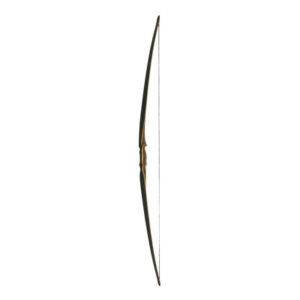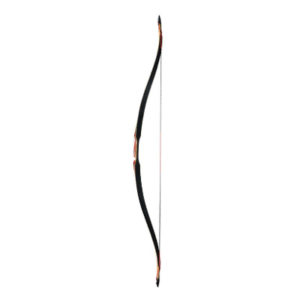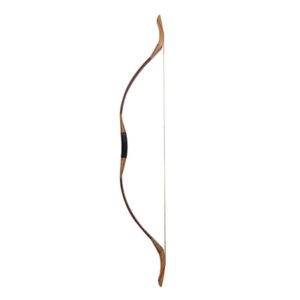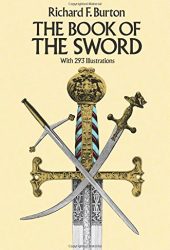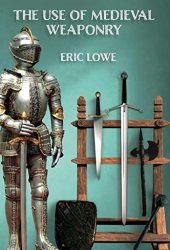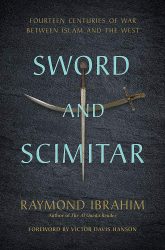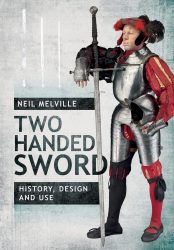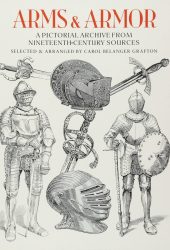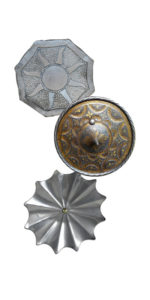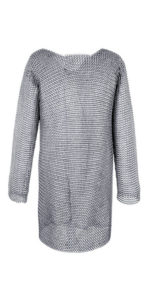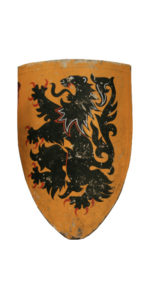Longbows were a type of tall bow, usually about the height of their users. They were challenging to master and caused bone deformities that are recognizable in skeletons today.
Longbows can be made from a single piece of wood, making them relatively easy and quick to craft. Highly skilled bowyers can produce wooden ones in just a few hours.
Traditional English longbows were made from yew wood, the bowstave cut from the radius of the tree so that sapwood becomes the back, and the remaining is heartwood. While yew sapwood is good in tension, the heartwood is better for compression.
History of the Longbow
The earliest evidence of a longbow was found in 1991 in the Ötztal Alps alongside a natural mummy known as Ötzi. His bow, dated c. 3,300 BC, was made from yew and measured 1.82 meters (72 in) long. The oldest yew longbow found in England was dated to 2700–2600 BC.
During the Middle Ages, the longbow was used en masse by the Welsh and English against the French in the Hundred Years’ War, as attested by the battles of Crécy (1346), Poitiers (1356), and Agincourt (1415). The dominance of the longbow on the battlefield continued until the French began to use the cannon. However, it survived as a weapon of war in England beyond introducing effective firearms, later for recreation and hunting.
The demand for yew bowstaves was so high that by the late 16th century, mature yew trees were almost extinct in northern Europe.
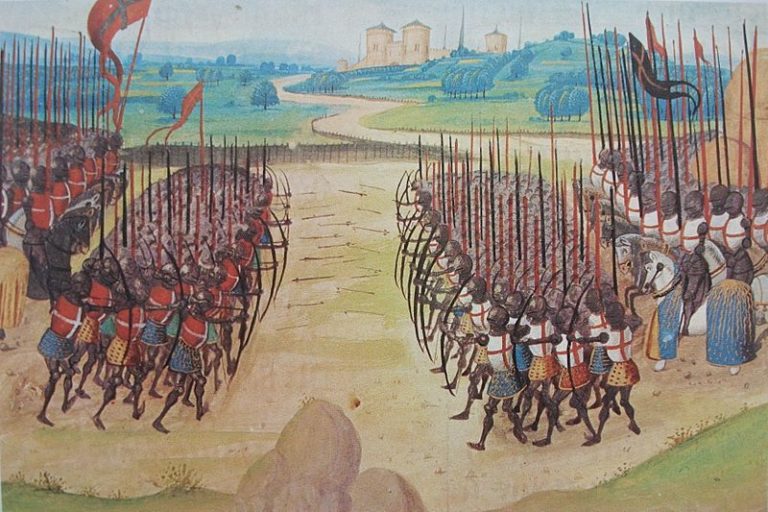
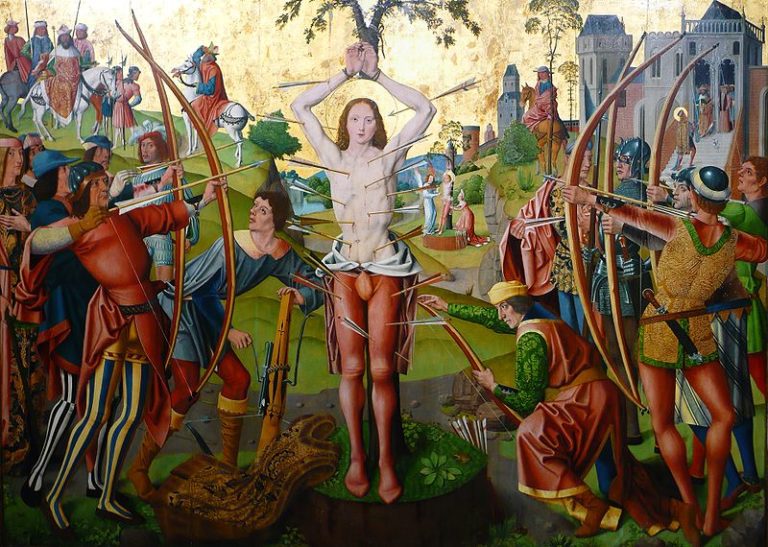
Types of Longbows
- Self Bow: By definition made from a single piece of wood, traditional English longbows are self bows made from yew wood. With narrow limbs and rounded cross-section, they need to be longer or more elastic wood than the equivalent flatbows (more common and cheaper hardwoods such as elm, oak, hickory, ash, hazel, and maple are good for flatbows).
- Laminated Longbow: They can be made by gluing together two or more different pieces of wood to take advantage of each of their inherent properties (some are better at compression and others at withstanding tension).
Using Longbows
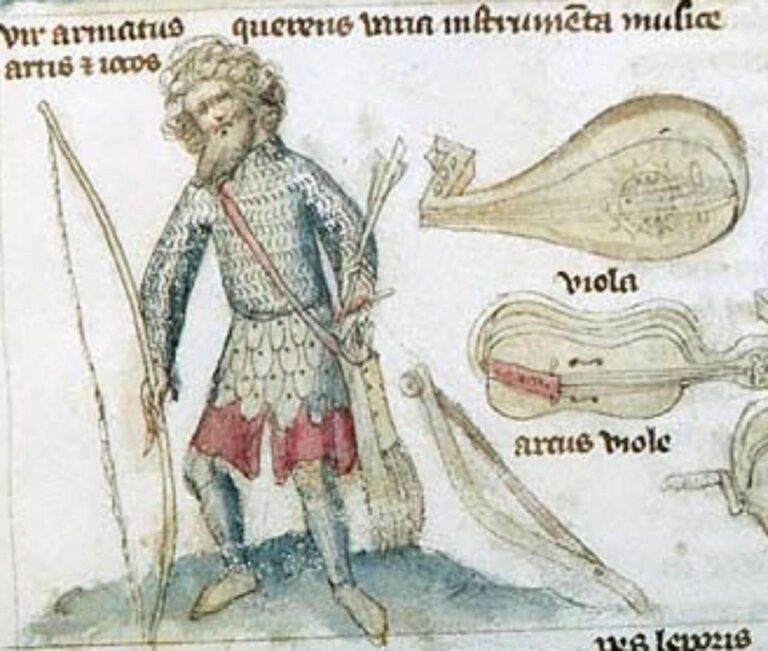
The earliest printed book in English about longbow archery was the Toxophilus, first published in London in 1545 and dedicated to King Henry VIII. Roger Ascham, its author, was a keen archer and a lecturer at St John’s College, Cambridge. The book is written in the form of a dialogue between “a lover of study” and “a lover of the bow”, who defends archery as a noble pastime. The next major work on archery in English was the 1634 The Art of Archerie by Gervase Markham.
Longbows were very difficult to master because they require immense force to deliver an arrow through the improving armour of medieval Europe. Skeletons of longbow archers are recognisably affected, with enlarged left arms and bone deformities on left wrists, left shoulders and right fingers.
Count M. Mildmay Stayner estimated the bows of the Medieval period drew 90–110 pounds-force (400–490 newtons), but other sources suggest significantly higher draw weights.
A record of how boys and men trained to use the bows with high draw weights survives from the reign of Henry VII:
[My yeoman father] taught me how to draw, how to lay my body in my bow … not to draw with strength of arms as divers other nations do … I had my bows bought me according to my age and strength, as I increased in them, so my bows were made bigger and bigger. For men shall never shoot well unless they be brought up to it.
— Hugh Latimer.

